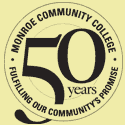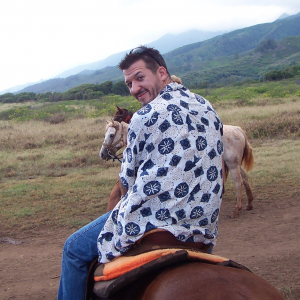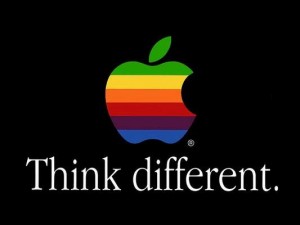 After a great deal of consideration, I’ve accepted the role of Coordinator for the Optical Systems Technology program at Monroe Community College (MCC) here in Rochester, NY. Rochester is an “optics” town to its DNA. It’s easy to point to the obvious players (i.e. Kodak, Xerox, and Bausch and Lomb), but optics is also critical to the University of Rochester (home of both The Institute of Optics and the Laboratory for Laser Energetics), the Rochester Institute of Technology, and hundreds of mid-size and small regional businesses. Last year I echoed the alarm that the optics industry is starved for talent, particularly skilled technicians. Accepting the role at MCC has allowed me to do something to directly address that problem. It is an honor to have been handed the reins of a program with a history that extends nearly four decades. It’s also a daunting responsibility. I have the advantage of the full support of the college administration and regional businesses, but even so, it requires more than 60 hours each week to prepare for the four different courses I teach while simultaneously working with the college, local businesses, and high schools to build an educational “pipeline” that attracts students, elevates their skills, and transitions them to careers.
After a great deal of consideration, I’ve accepted the role of Coordinator for the Optical Systems Technology program at Monroe Community College (MCC) here in Rochester, NY. Rochester is an “optics” town to its DNA. It’s easy to point to the obvious players (i.e. Kodak, Xerox, and Bausch and Lomb), but optics is also critical to the University of Rochester (home of both The Institute of Optics and the Laboratory for Laser Energetics), the Rochester Institute of Technology, and hundreds of mid-size and small regional businesses. Last year I echoed the alarm that the optics industry is starved for talent, particularly skilled technicians. Accepting the role at MCC has allowed me to do something to directly address that problem. It is an honor to have been handed the reins of a program with a history that extends nearly four decades. It’s also a daunting responsibility. I have the advantage of the full support of the college administration and regional businesses, but even so, it requires more than 60 hours each week to prepare for the four different courses I teach while simultaneously working with the college, local businesses, and high schools to build an educational “pipeline” that attracts students, elevates their skills, and transitions them to careers.
Needless to say, DIEHL RGS is not accepting clients right now. Currently I’m directing people to my colleague Lory Hedges who, like me, is a grant-writer with an engineering background. I’m happy to introduce people to her, or direct people to other resources.
The good news is that I have summers off, and I’m hoping to do one or two proposal projects during those months. (If you want to be one of those projects, best to speak up now… 😉 )
Furthermore, I’m tentatively scheduled to teach a 4-hour intensive grant-writing workshop at SPIE Optics+Photonics in San Diego in August. We tested the course at Photonics West in January, and it went over well. It’s highly interactive and (believe it or not) a fun experience. If you’re planning to attend the conference, definitely check it out.
Thanks to everyone who supported me in making this decision. (And sincere regrets for the four projects I had to decline during January.)

 Dawnbreaker(R) is a Rochester-area commercialization-assistance business with a national reach. Dawnbreaker is known for the many programs it has developed that assist small businesses in navigating the Federal SBIR/STTR program. The Department of Energy contracted Dawnbreaker to develop a “Phase 0” tutorial website for crafting successful Phase I SBIR/STTR proposals.The site features a thorough step-by-step process that applies to any proposal-writing process.
Dawnbreaker(R) is a Rochester-area commercialization-assistance business with a national reach. Dawnbreaker is known for the many programs it has developed that assist small businesses in navigating the Federal SBIR/STTR program. The Department of Energy contracted Dawnbreaker to develop a “Phase 0” tutorial website for crafting successful Phase I SBIR/STTR proposals.The site features a thorough step-by-step process that applies to any proposal-writing process.
 DIEHL RGS has my full attention once again. I’ve been slowly ramping up since October, and I expect to be fully operational by January.
DIEHL RGS has my full attention once again. I’ve been slowly ramping up since October, and I expect to be fully operational by January.




